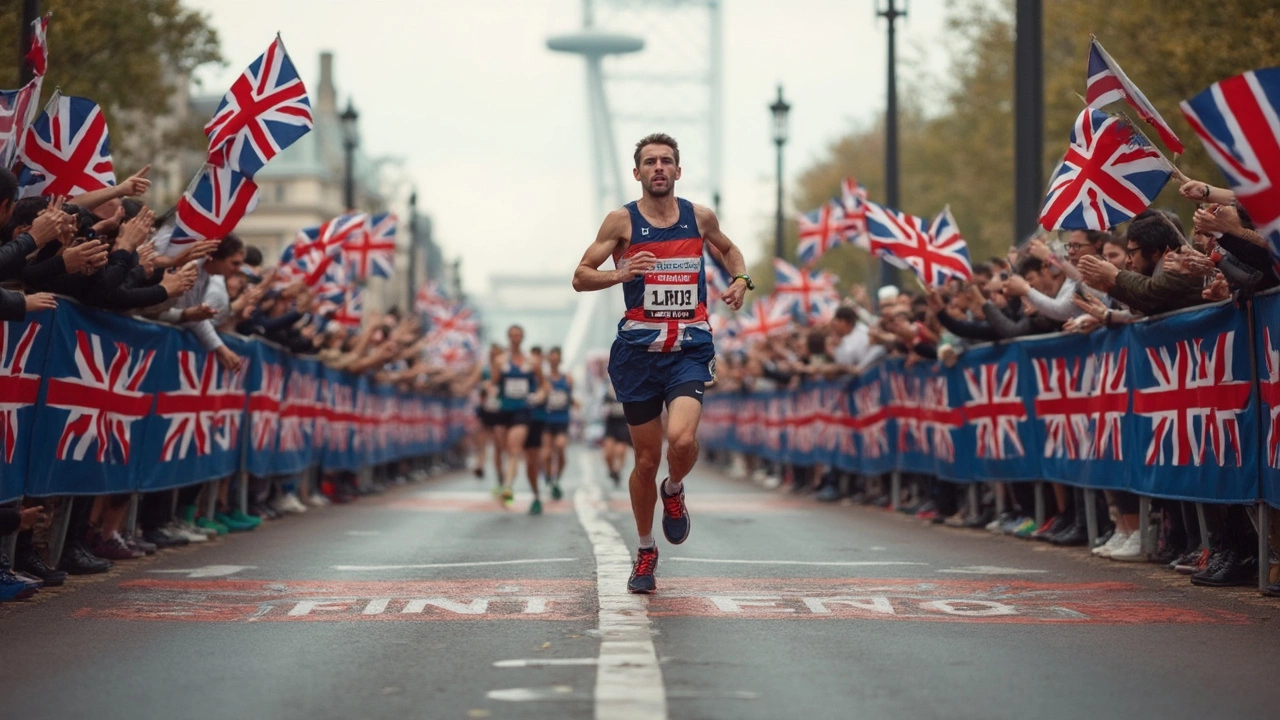
Running Tips: Simple Ways to Run Better Every Day
Ever feel like your runs are stuck in a rut? You’re not alone. A few small changes can turn a draggy jog into a smoother, faster, more enjoyable session. Below are easy‑to‑apply tips that work for anyone who laces up, whether you’re training for a marathon or just trying to stay active.
Gear up the right way
The right shoes matter more than any fancy training plan. If your shoes are too big, you risk blisters and wasted energy; if they’re too tight, you limit foot movement. Check the fit by walking around the house – you should have about a thumb’s width at the toe. Brands like Asics and Hoka each have strengths: Asics often give solid support for heel‑strikers, while Hoka’s cushioned soles help long‑distance runners stay comfortable. Pick a pair that matches your foot type and the surface you run on.
Don’t forget socks. A breathable, moisture‑wicking pair reduces friction and keeps your feet dry. It’s a cheap upgrade that makes a big difference on longer runs.
Master the basics of form and pacing
Good form starts with a relaxed posture. Keep your shoulders down, elbows at about a 90‑degree angle, and let your arms swing naturally. A slight forward lean from the ankles (not the waist) helps you stay grounded and reduces braking forces.
Pacing is another game‑changer. Most beginners start too fast and burn out early. Use the “talk test”: you should be able to hold a light conversation without gasping. If you’re training for speed, incorporate interval bursts – 1 minute hard, 2 minutes easy – to teach your body to handle faster paces without injury.
For longer runs, aim for a steady “conversational” pace for the first 70% of the distance, then pick up a bit if you feel good. This method keeps your energy reserves intact and improves overall endurance.
Recovery isn’t optional; it’s part of the training loop. After a long run, spend the next 48 hours focusing on gentle movement – walk, stretch, or do a light bike ride. This helps flush out muscle soreness and speeds up tissue repair. Hydration and protein within 30 minutes of finishing also boost recovery. A quick snack like a banana with a handful of nuts gives carbs and protein in the right ratio.
Strength work rounds out your routine. Simple body‑weight moves like squats, lunges, and planks target the muscles that stabilize your stride. Aim for two short sessions per week, and you’ll notice fewer nagging aches and a stronger push off the ground.
Finally, track your progress without getting obsessed. A basic app or running watch can log distance, time, and heart rate. Look for trends – steady improvements in pace or reduced recovery time – rather than daily fluctuations. Consistency beats perfection every time.
Put these tips into practice, and you’ll feel the difference on the next run. Small tweaks in shoes, form, pacing, and recovery add up fast. Keep it simple, stay consistent, and enjoy the run. Happy trails!"


How Fast Did Oprah Run a Marathon? Surprising Facts from Her Race
